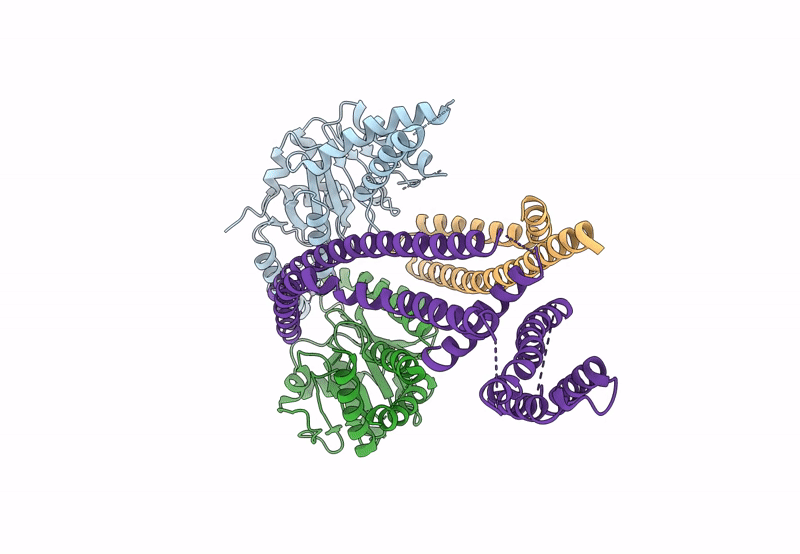
Deposition Date
2023-03-07
Release Date
2023-11-29
Last Version Date
2024-10-09
Entry Detail
PDB ID:
8CR2
Keywords:
Title:
Homo sapiens Get1/Get2 heterotetramer (a3' deletion variant) in complex with a Get3 dimer
Biological Source:
Source Organism:
Homo sapiens (Taxon ID: 9606)
Host Organism:
Method Details:
Experimental Method:
Resolution:
4.20 Å
Aggregation State:
PARTICLE
Reconstruction Method:
SINGLE PARTICLE


